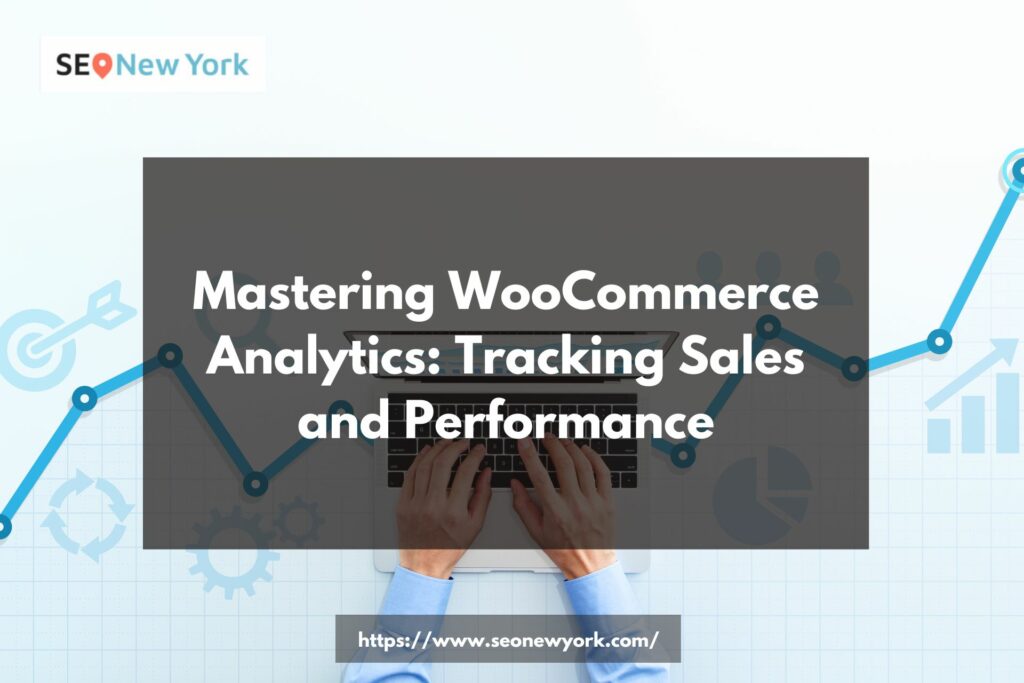In the ever-evolving landscape of e-commerce, it’s essential for businesses to stay ahead of the game. WooCommerce, a popular e-commerce plugin for WordPress, is a powerful tool that can help you track your sales and optimize your performance. In this comprehensive guide, we will delve into the world of WooCommerce analytics, helping you master the art of tracking sales and enhancing your e-commerce performance.
Understanding the Importance of Analytics
Analytics are the backbone of any successful online business. They provide valuable insights into customer behavior, sales trends, and the overall health of your e-commerce store. With WooCommerce, you can gain a deeper understanding of your customers and make data-driven decisions.
Setting Up WooCommerce Analytics
1. Installing WooCommerce Analytics
To get started, you’ll need to install the WooCommerce plugin. It’s a simple process that can be done through your WordPress dashboard. Once installed, you’ll have access to a treasure trove of data.
2. Configuring Analytics Settings
WooCommerce allows you to customize your analytics settings to match your specific business needs. You can set the reporting location, currency, and enable or disable various tracking options.
Sales Tracking and Analysis
3. Monitoring Sales Trends
With WooCommerce, you can monitor your sales trends over time. This information is invaluable for understanding which products are performing well and when your store experiences peak sales periods.
4. Product Performance Analysis
Track the performance of individual products. You can see which products are your best-sellers, helping you make informed decisions about marketing and inventory.
Customer Insights
5. Customer Behavior Analysis
WooCommerce analytics provides data on customer behavior, such as the pages they visit, the time they spend on your site, and their purchasing history. This information can be used to tailor your marketing strategies.
6. Customer Segmentation
Segment your customers based on their behavior and purchasing habits. This allows you to create targeted marketing campaigns for different customer groups.
Optimizing Your WooCommerce Store
7. Identifying Bottlenecks
Analytics can help you pinpoint areas where customers are dropping off or experiencing issues. Fixing these bottlenecks can significantly improve your conversion rates.
8. A/B Testing
Use analytics to conduct A/B tests on your website to determine which design or content changes lead to better conversion rates.
Leveraging Analytics for Marketing
9. Email Marketing
Craft personalized email marketing campaigns using customer insights gathered from WooCommerce analytics. Boost your email conversion rates and customer engagement.
10. Social Media Marketing
Integrate your analytics data with your social media strategy. Understand which social platforms are driving the most traffic and sales.
Conclusion
Mastering WooCommerce analytics is the key to tracking sales and improving the performance of your e-commerce store. With the right data in hand, you can make informed decisions, optimize your website, and create effective marketing campaigns.
Now, let’s address some common questions about WooCommerce analytics.
FAQs
1. What is WooCommerce analytics?
WooCommerce analytics is a tool that provides valuable data and insights on the performance of your e-commerce store. It includes information on sales trends, customer behavior, and more.
2. How can I install WooCommerce analytics?
You can install WooCommerce analytics by installing the WooCommerce plugin in your WordPress dashboard. It’s a straightforward process.
3. What can I learn from customer behavior analysis?
Customer behavior analysis can reveal valuable insights into the pages customers visit, their purchasing history, and the time they spend on your site. This information is crucial for tailoring your marketing strategies.
4. Why is A/B testing important for e-commerce?
A/B testing allows you to compare different website design or content variations to determine which one leads to better conversion rates. It’s a crucial technique for optimizing your e-commerce store.
5. How can I use WooCommerce analytics for email marketing?
You can use WooCommerce analytics to gather customer insights and create personalized email marketing campaigns. This can help boost your email conversion rates and customer engagement.
